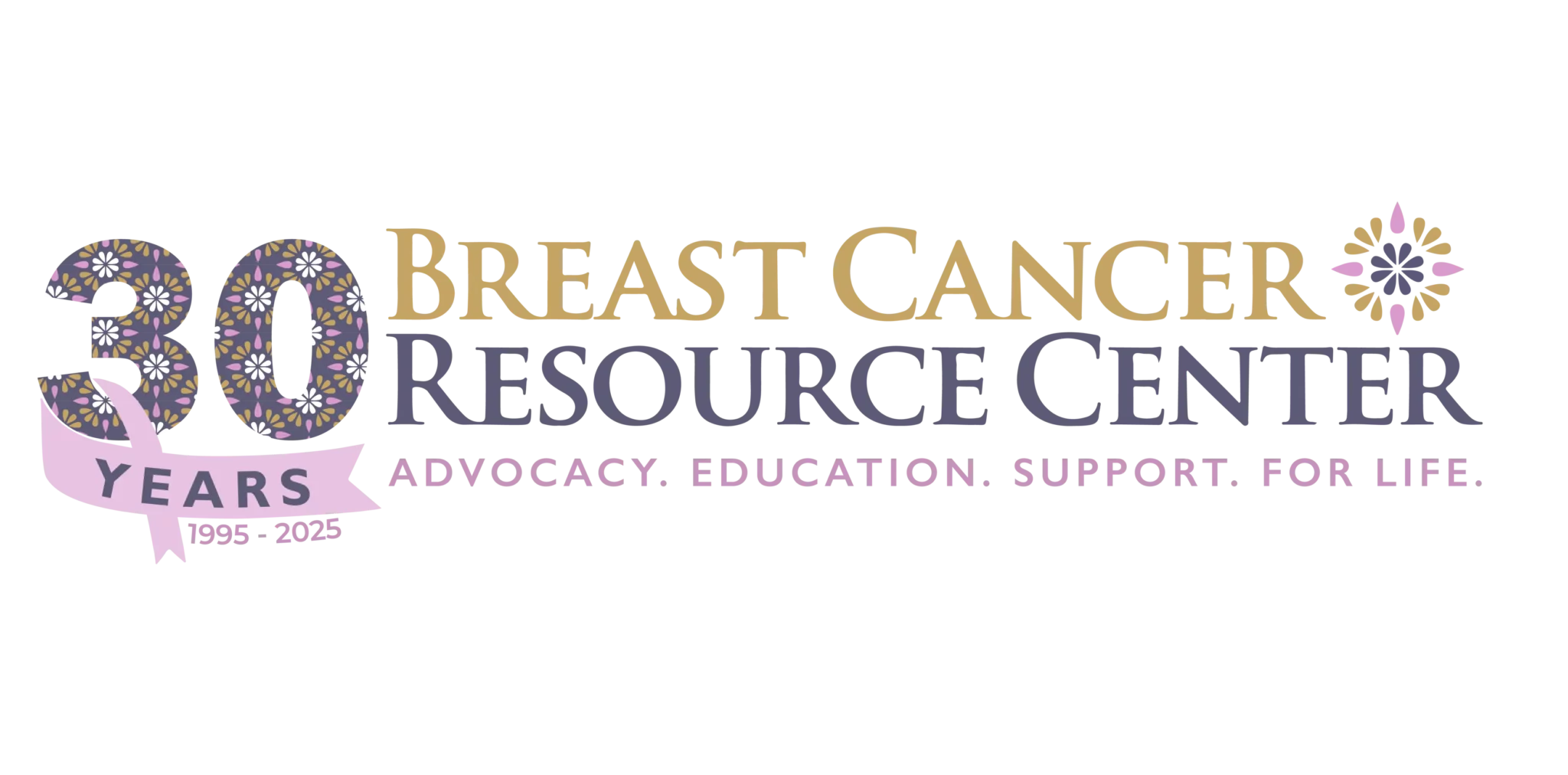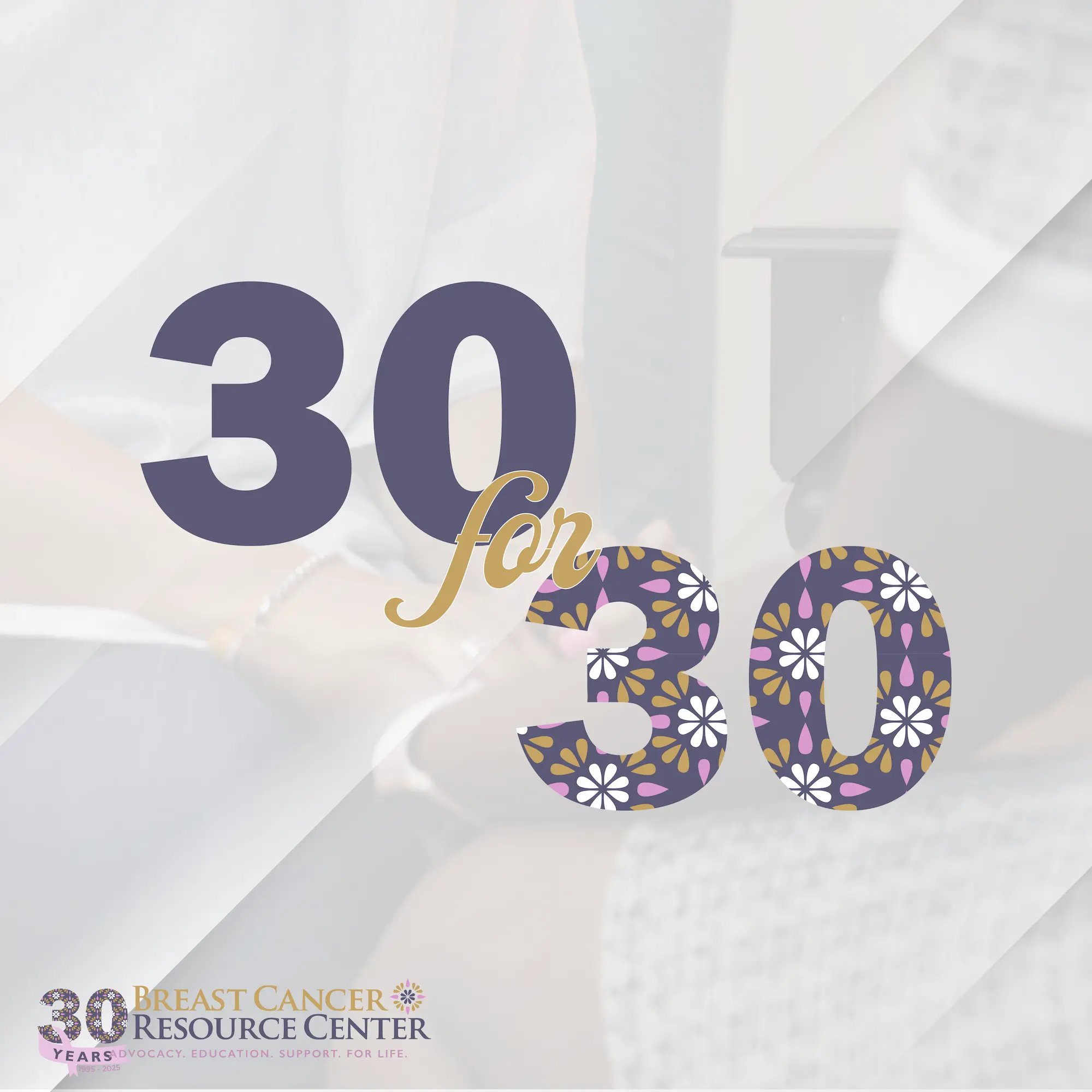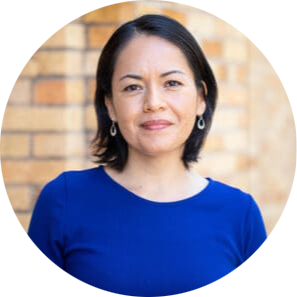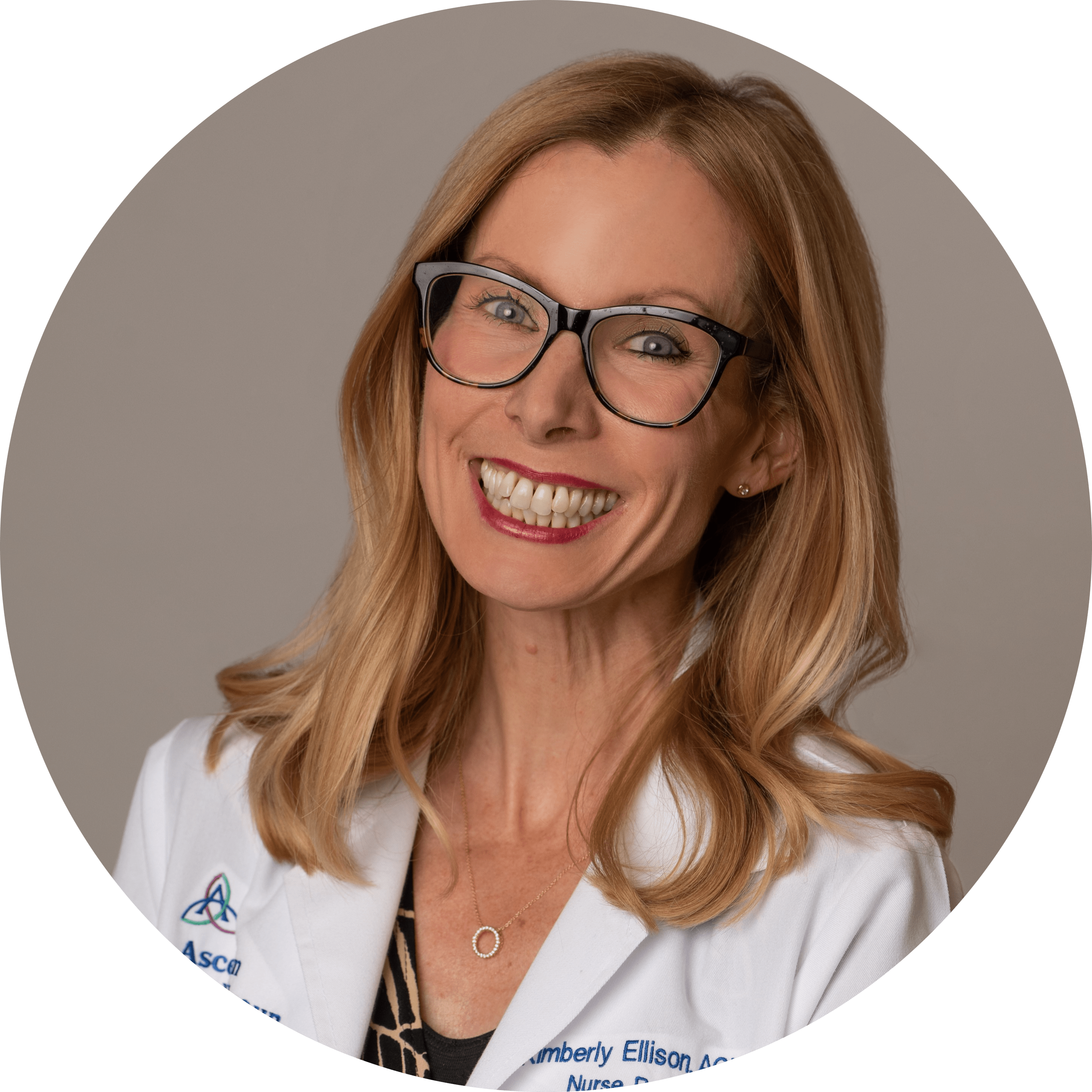Rhone Levin, M.Ed RDN CSO LD – Oncology Dietitian
It seems like everyone has an opinion and recommendation about how to eat healthily. The headlines nag at you with every new fad or product. The energy it takes to really change behaviors is significant – so let us make sure you spend your precious time, energy and money on the REAL DEAL.
There is a resource you can trust for diet and breast cancer risk reduction – The American Institute for Cancer Research! They have done their homework and researched all the relevant diet and physical activity studies ever done, and update that “gold standard” of data every 5 years with everything that happened since – called a Continuous Update Project or “CUP Report”.
Here is what we really know (which means it’s worth working on!) about dietary patterns and physical activity and breast cancer prevention.
Breast Cancer CUP Key Findings
• Adult weight gain and excess body fat increase risk for post-menopausal breast cancer.
• Alcoholic drinks increase the risk of post- and pre-menopausal breast cancers.
• Regular vigorous physical activity reduces the risk of both post- and pre-menopausal breast cancers.
• Moderate physical activity reduces the risk of post-menopausal breast cancer.
• Breastfeeding reduces the risk of both post- and pre-menopausal breast cancers.
• For pre-menopausal breast cancers, body fatness was found to decrease risk.
Find out more here: Continuous Update Project

WHAT TO EAT!
• Eat at least five portions/servings (or 14 oz) of a variety of non-starchy vegetables and of fruits every
day – work up to 2 ½ cups of veggies and 1 ½ cup of fruits
• Eat relatively unprocessed cereals (grains) and/beans or legumes with every meal
• Limit refined starchy foods (white flour, white sugar)
BE ACTIVE!
• Be moderately physically active, equivalent to brisk walking, for at least 30 minutes every day
• As fitness improves, aim for 60 minutes or more of moderate, or for 30 minutes or more of vigorous,
physical activity every day.
• Limit sedentary habits such as watching television or any “screen time”
Some of the other great resources on the www.AICR.org website are:
Weekly research updates, self- assessment quizzes, recipes, background information about the anti-cancer compounds in foods, weight control programs, ideas to increase your physical activity and more. Check it out! Below is an example of a fun fall recipe with anti-cancer nutrients.
Roasted Butternut Squash with
Sautéed Shiitake Mushrooms
and Fresh Sage

Butternut squash is just coming into season and this simple sauté is one of many ways it can be enjoyed. Roasted and then sautéed with shiitake mushrooms, this unexpected combination is flavorful and full of cancer-fighting carotenoids. Fresh sage brings out the sweetness in the squash.
Ingredients
• 3 cups cubed butternut squash, 1/2-inch (1 lb.)
• 2 Tbsp. extra virgin olive oil, divided
• 4 oz. package fresh shiitake mushrooms, sliced
• 2 cloves garlic, minced
• Salt
• 4 fresh sage leaves, coarsely chopped
• Freshly ground black pepper
• 1 Tbsp. freshly grated Parmesan cheese

Rhone Levin is a Board Certified Oncology Dietitian, with 29 years of experience. She is passionate about nutrition for cancer patients and survivors. Her degree in human nutrition is from the University of Wisconsin, and Master’s degree from Penn State University. She is a co-author on the Standards of Practice for Oncology Dietitians, and served on the Evidence Analysis Library Project for the Academy of Nutrition.













